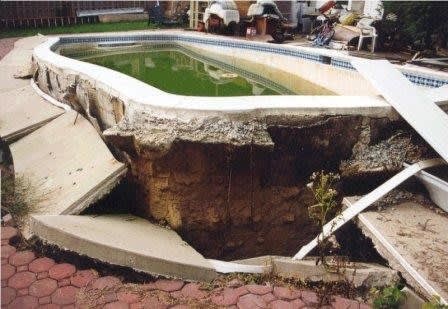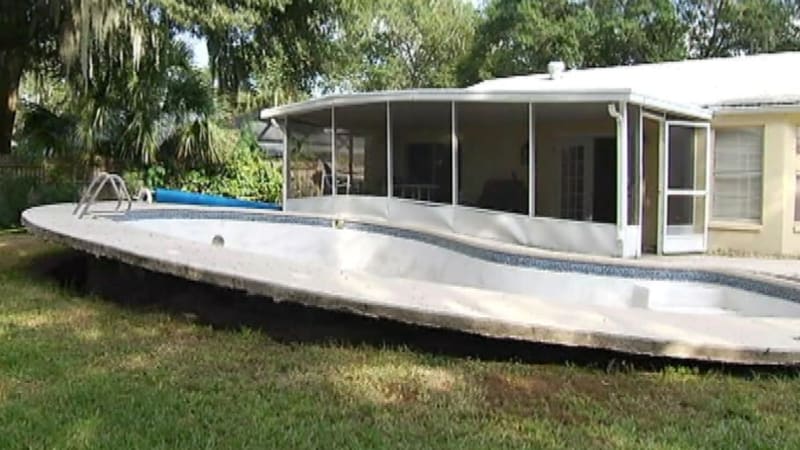Lindseyr
Civil/Environmental
- Apr 12, 2023
- 2
Hey everyone,
I'm planning on building a swimming pool in my backyard, and I'm facing some challenges due to the high water table in the area. The geotechnical assessment cautions that the hydrostatic pressure from the water table could harm the pool's walls and floor despite the fact that the pool will be 25 feet long, 12 feet wide, and 6 feet deep. I'm thinking about backfilling the pool with a certain kind of soil, but I'm curious if anyone has any other recommendations for addressing the hydrostatic pressure issue.
I'm also using design tables and software to calculate the forces on the pool, but I'm still confused of what to do. There isn't enough area for pressure release valves, which I had contemplated using.
Any advice or recommendations would be greatly appreciated!
I'm planning on building a swimming pool in my backyard, and I'm facing some challenges due to the high water table in the area. The geotechnical assessment cautions that the hydrostatic pressure from the water table could harm the pool's walls and floor despite the fact that the pool will be 25 feet long, 12 feet wide, and 6 feet deep. I'm thinking about backfilling the pool with a certain kind of soil, but I'm curious if anyone has any other recommendations for addressing the hydrostatic pressure issue.
I'm also using design tables and software to calculate the forces on the pool, but I'm still confused of what to do. There isn't enough area for pressure release valves, which I had contemplated using.
Any advice or recommendations would be greatly appreciated!


